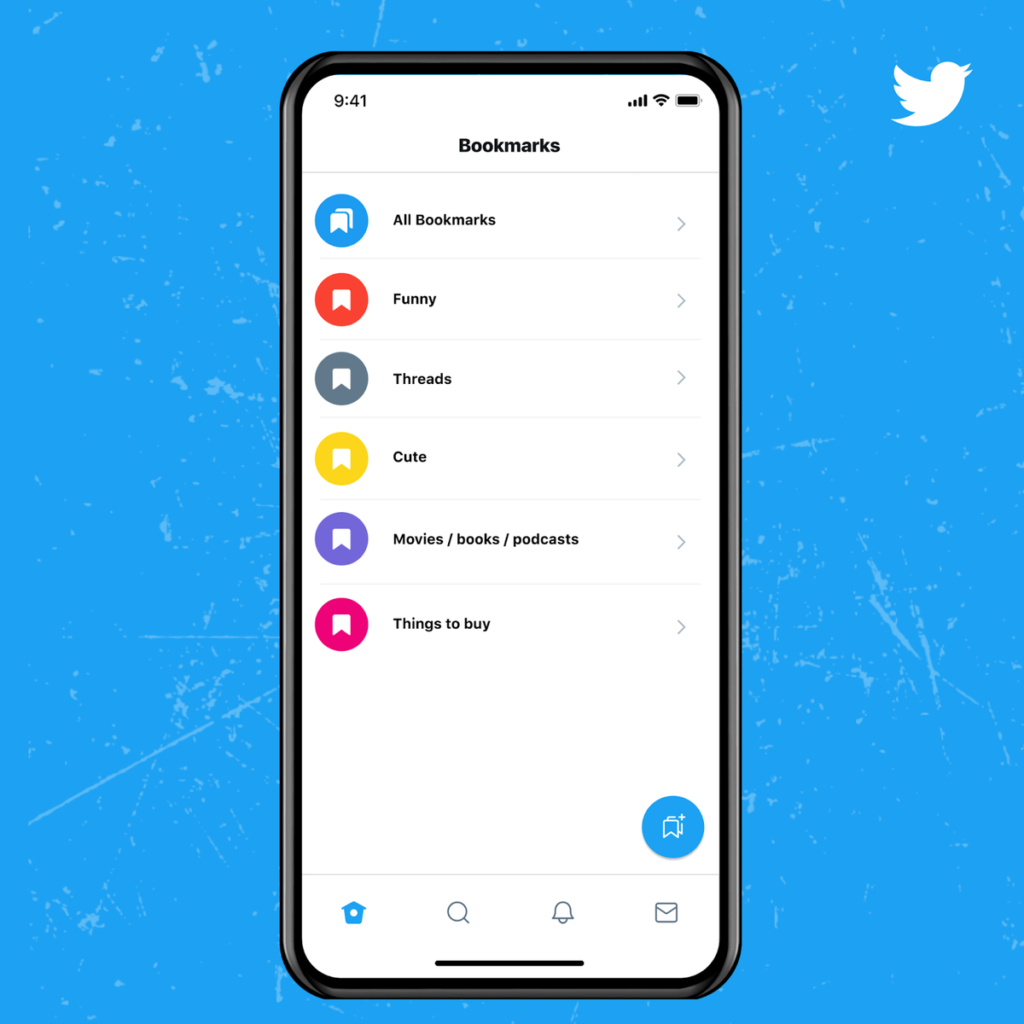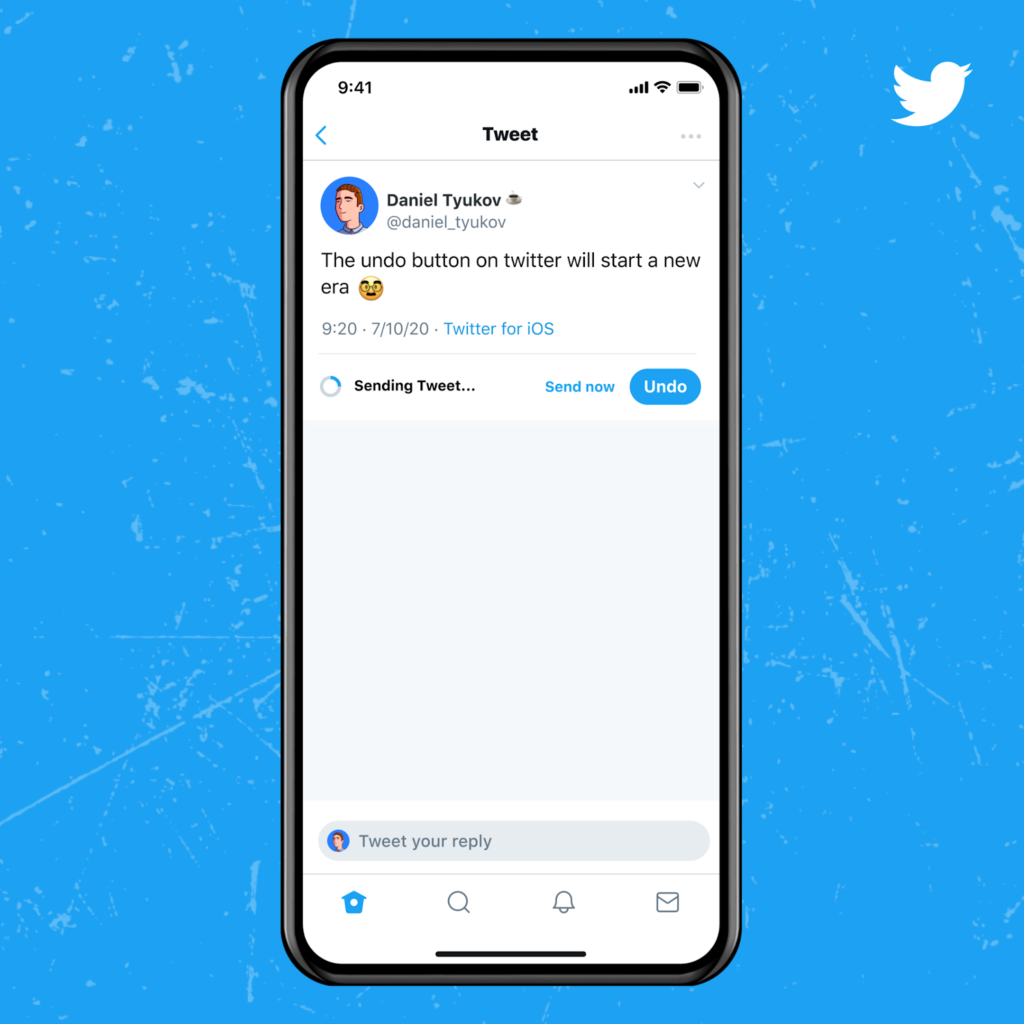tTwitter has launched Twitter Blue, a paid subscription service that includes additional features such as erasing messages and reading threads in a more edible “Reader Mode.” It will launch in Canada and Australia on Thursday, with monthly subscriptions costing $3.49 CAD and $4.49 AUD, respectively. Thanks to digging by app researcher Jane Manchun Wong, we already had a fair idea of what features to expect from Twitter Blue, but now Twitter has disclosed everything the service includes.
You may now undo your tweets before they go live with a new undo send feature. You can even set a timer for redoing your tweets that can last up to 30 seconds. You can group saved tweets in Bookmark Folders to make them easier to find later. “Reader Mode” allows you to keep track of threads by “converting them to easy-to-read text” and combining tweets into a single page. Other visual enhancements of Twitter Blue include additional colour theme options and the ability to modify the colour of Twitter’s app icon.
According to the company, subscribers to Twitter Blue will also get access to “dedicated subscription customer support” which means Twitter Blue users will have a shorter wait time for issues to be resolved. The expedited timeline applies to any form of a support ticket you may submit, which means you’ll get speedier help for both account-related issues and harassment reports. Abuse and harassment are still a problem for Twitter, and paid support prioritization could spark some controversy.
Twitter Blue will debut in Australia and Canada first, in order to “gain a deeper understanding of what will make your Twitter experience more personalised, expressive, and generally speaking more [fire emoji],” according to the company. Twitter Blue isn’t expected to extend to additional regions very soon, according to the company.
Offering a paid membership service is a major shift in Twitter’s business model that the firm has been considering for some time. Previously, the company’s revenue came primarily from advertising, but fierce competition from Facebook and Snapchat’s ad businesses, as well as pressure from activist investors, has forced it to look for new revenue streams.



